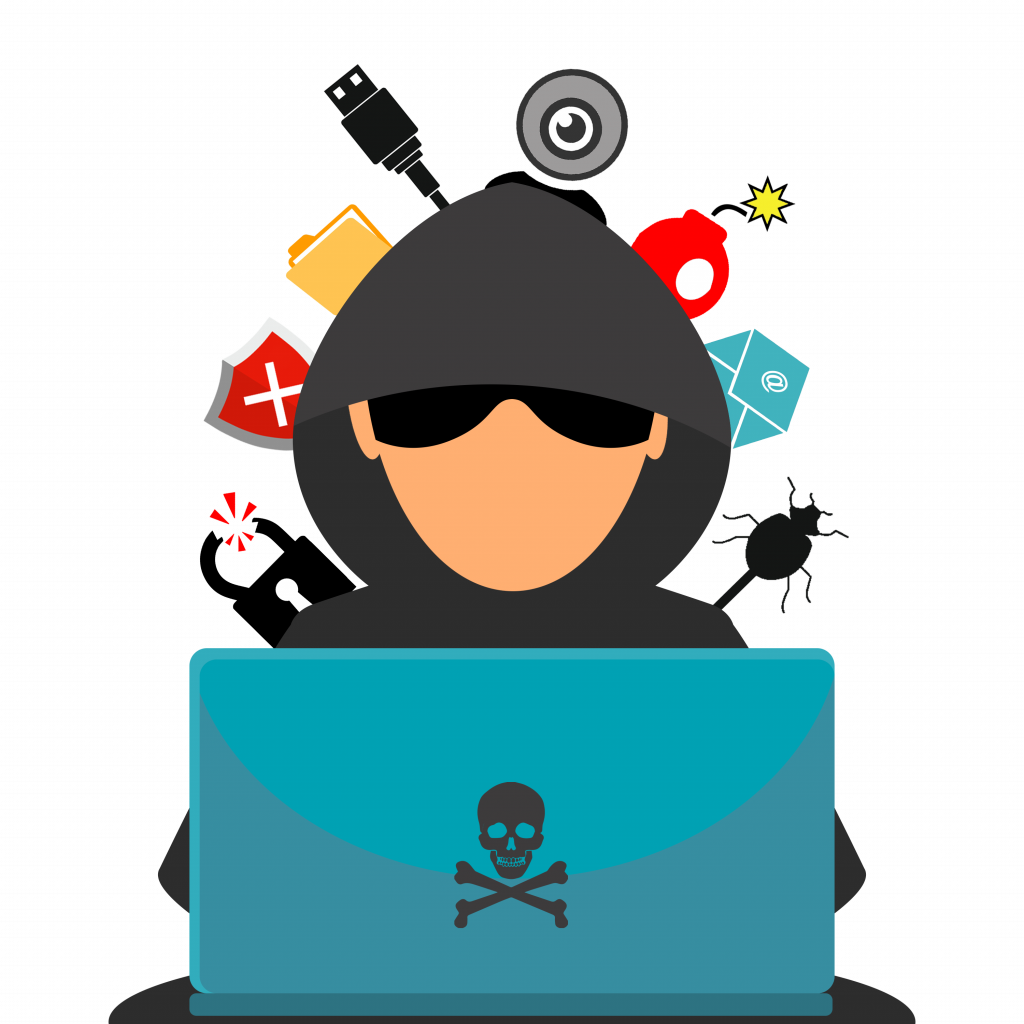Cyber-crime is a world-wide problem that everyone can do something to stop. Cyber-crime comprises of illegal activities conducted over the internet, social media and other digital pathways by hackers and other digital wrongdoers. A few common examples of cyber-crime are hackers taking advantage of the fact that they may remain invisible to steal money from bank accounts or cyber stalkers defaming people online. This blog is going to be about everything you can do to protect yourself from various types of cyber-crimes. Before I do that let me talk about how I came about writing this blog.
The PYPX or primary years program exhibition at Podar International School #podarinternationalschool (my school) where everyone in the fifth grade comes together to research on one burning issue. In this case my group chose – Cyber-Crime. We, of course, always finish our projects with concrete action and this is mine!
Also, before I start let me add one small thing ; the types of cybercrime are endless but in this blog I talk about how to avoid Phishing, Malware, Ransomware, Cyberstalking and Cyberbullying. So, let me go over them.
Cyber-bullying is when you bully people online. This type of crime is very common but also easy to dodge. An enhanced version of this crime is Cyber-stalking where people follow everything you do and craft specific insults.
Malware is a type of cyber-crime where hackers infect your device with a virus that can breakdown your data or access all your passwords meaning you do not have a single private thing.
In Ransomware hackers will encrypt your data and hold it to ransom. Phishing includes people sending emails that ask for information.
Now let us get down to business.
You should download an antivirus software to protect yourself from malware. I would suggest using MacAfee if you are on a Microsoft device as research suggests that those two are very compatible. As for Mac users I suggest Norton360 as various reviewers have rated it number 1.
Another important precaution is to always be careful and alert when online. Doing this is made up of some simple steps firstly not sending any sensitive data online unless you trust the person you are sending it to, some examples of sensitive data are things like your real name, your age, address, password and things like that which are also called personal identifiers. Next always paying attention to what you have been sent for example if someone says something bad simply delete it and block the sender.

Now about emails and phishing. There are some very easy steps to spot a phishing mail.
Step 1: Read the Sender ID. If you recognize it or it seems genuine open the mail.
Step 2: Look at the content. If the Sender ID matches then read the content…if it asks for your password or some personal information delete the mail it is probably a phishing mail.
Now let’s wrap this up with ransomware. The only and best way to protect yourself from it is to backup your files so that you can re-access them and never ever pay the ransom…EVER!
I have tried to give you a wholesome idea of how to protect yourself from common attacks but are you alone in this fight against cybercrime?
No. Hundreds, no thousands of companies are doing everything that can be done to stop cybercrime. Government authorities are also framing laws to prevent and punish cyber-crime. Help them, be safe and eventually we will be able to stomp out Cyber-crime once and for all.
ALERT TODAY FOR A SECURE TOMORROW!
